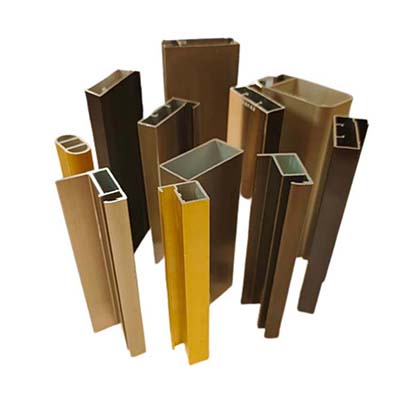Introduction
Sunrooms, traditionally a bridge between the natural outdoor environment and the controlled indoors, have evolved significantly. Today, they stand at the intersection of luxury, efficiency, and technology, largely thanks to advances in materials like aluminum alloy. This article delves into how high-end smart aluminum alloy sunrooms are setting new standards in design, functionality, and sustainability.
Advanced Materials and Construction
The core of a high-end smart sunroom is its construction material – the broken bridge thermal insulation aluminum alloy. This material not only ensures excellent thermal insulation but also addresses the complex “self-supporting” challenges in sunroom construction. Coupled with high-temperature electrostatic powder spraying or wood grain transfer, it offers a pollution-free, durable, and aesthetically pleasing structure that resists oxidation and lasts up to fifty years. Moreover, the construction process of these sunrooms is notably quiet and efficient, requiring no onsite cutting or welding.
Design Versatility and Aesthetics
One of the most appealing aspects of modern sunrooms is the vast array of design options. Whether it’s a flat roof, a curved silhouette, a single-sided slope, or any special-shaped roof, aluminum allows for creativity and elegance. The integration of orderly drainage systems further ensures that these designs are as functional as they are beautiful, preventing water seepage and enhancing the overall integrity of the structure.
Innovative Sealing Solutions
Moving away from traditional sealants, high-end sunrooms now employ long-lasting, dust-free EPDM tape and watertight tape for sealing. This shift not only improves the longevity and cleanliness of the sunroom but also significantly enhances its weather resistance. The crystal top’s four-layer waterproofing, including weather-resistant glue and internal drainage, offers unmatched protection against rain.
Integration with Building Systems
Smart aluminum alloy sunrooms seamlessly blend with existing building systems, providing thermal benefits that contribute to energy efficiency. Whether attached to the original structure or standing alone, these sunrooms serve as thermal buffers, reducing heat loss and contributing to the overall balance of heat gain and loss within a building. This synergy is further enriched in sunrooms equipped with heating facilities, offering expanded living space without compromising comfort.
Smart Technology and Automation
The integration of smart technology through EIB bus systems brings a new level of automation and intelligence to sunrooms. Sensors for wind, rain, and temperature, along with automated sunshade systems and skylights, are elegantly incorporated into the aluminum profile’s hollow sections. This not only ensures a sleek design but also provides users with an effortless control over their environment, making the sunroom a true extension of the smart home.
Conclusion
The advent of smart aluminum alloy sunrooms represents a leap forward in residential and commercial architecture. By marrying the robustness and elegance of aluminum with the latest in technology and design innovation, these spaces offer unparalleled comfort, efficiency, and style. As we look towards the future, the role of aluminum in shaping sustainable, functional, and beautiful living spaces is undeniable, making it an essential element for anyone looking to elevate their architectural projects.
This comprehensive look into the world of high-end smart aluminum alloy sunrooms showcases the incredible potential of aluminum not just as a construction material, but as a key player in the future of smart, sustainable living spaces.
